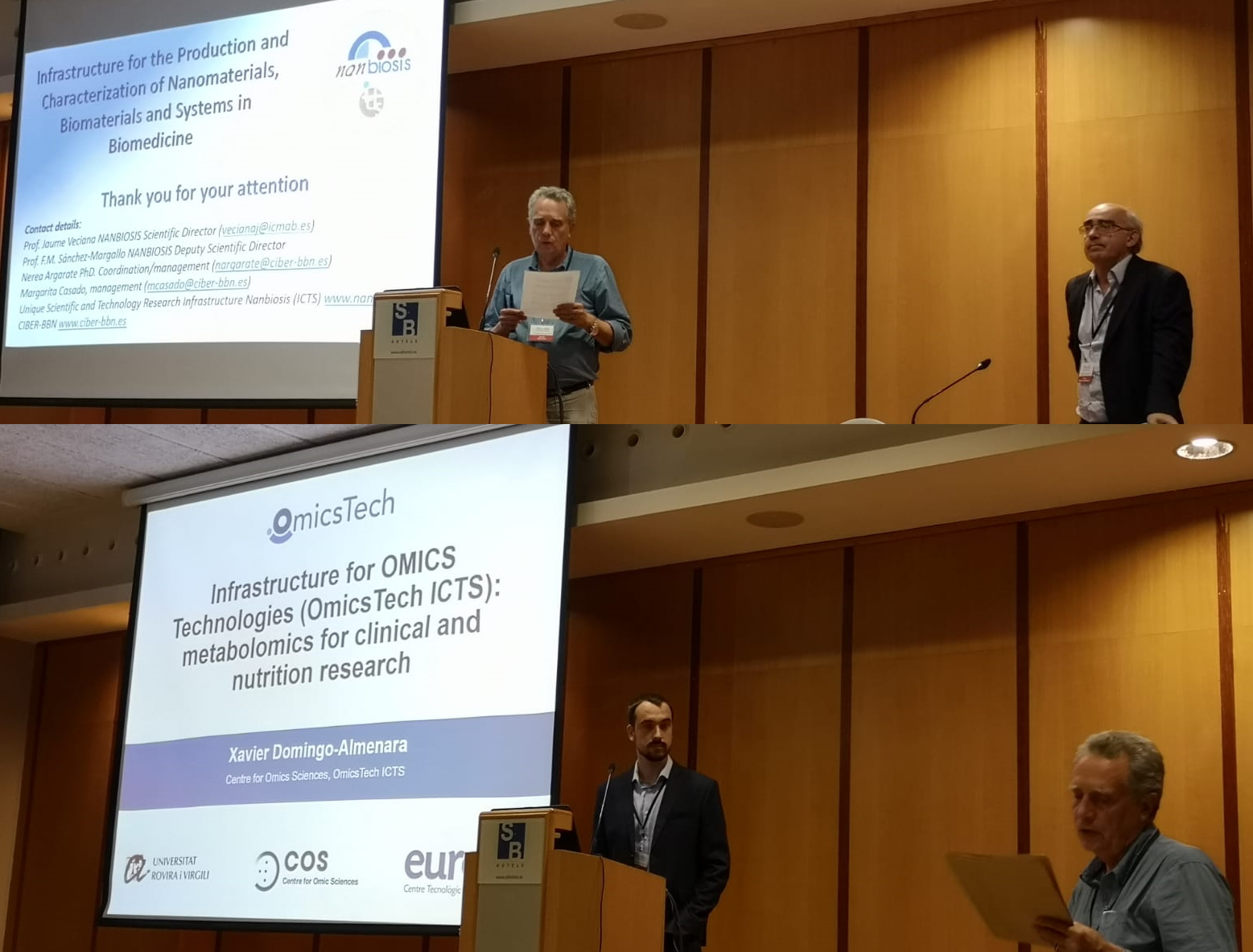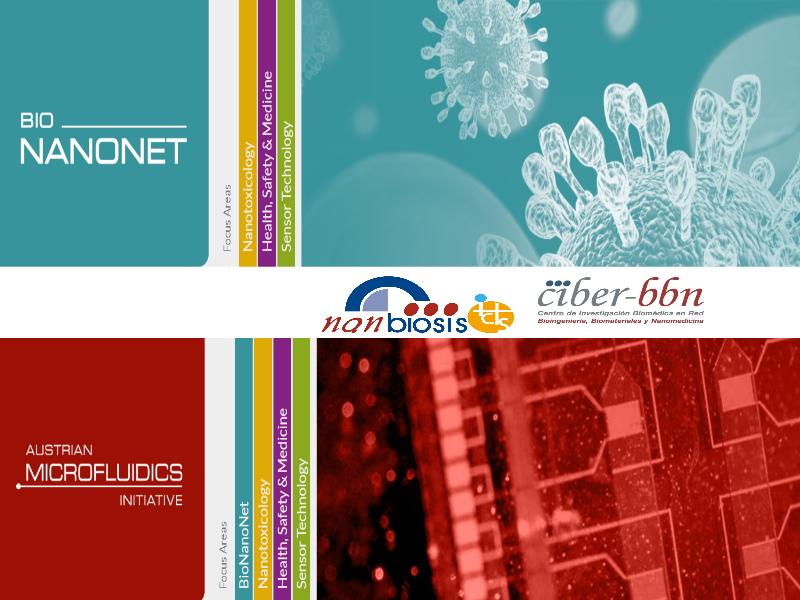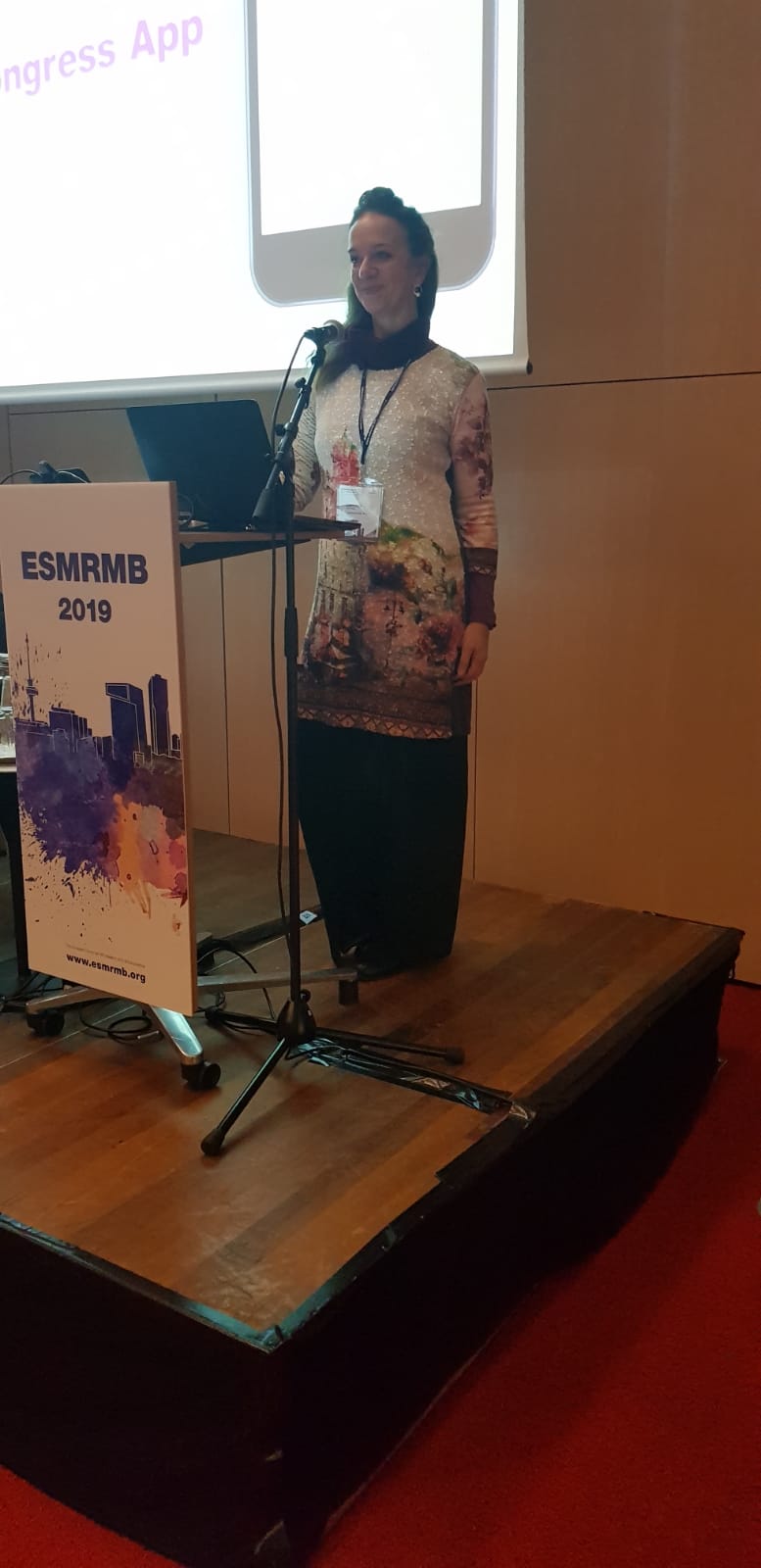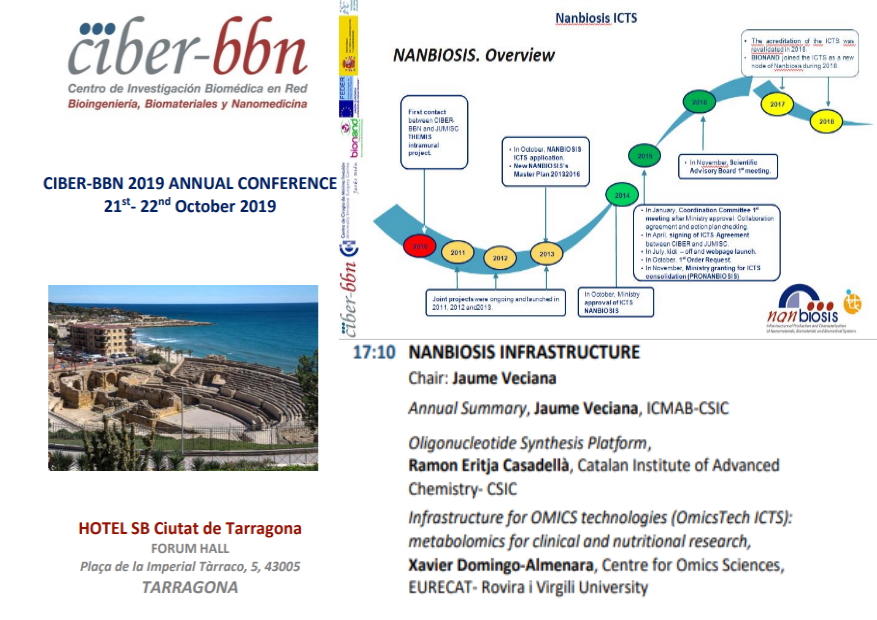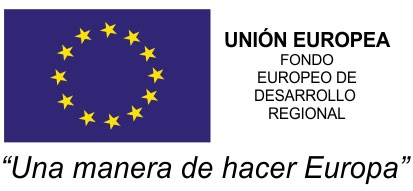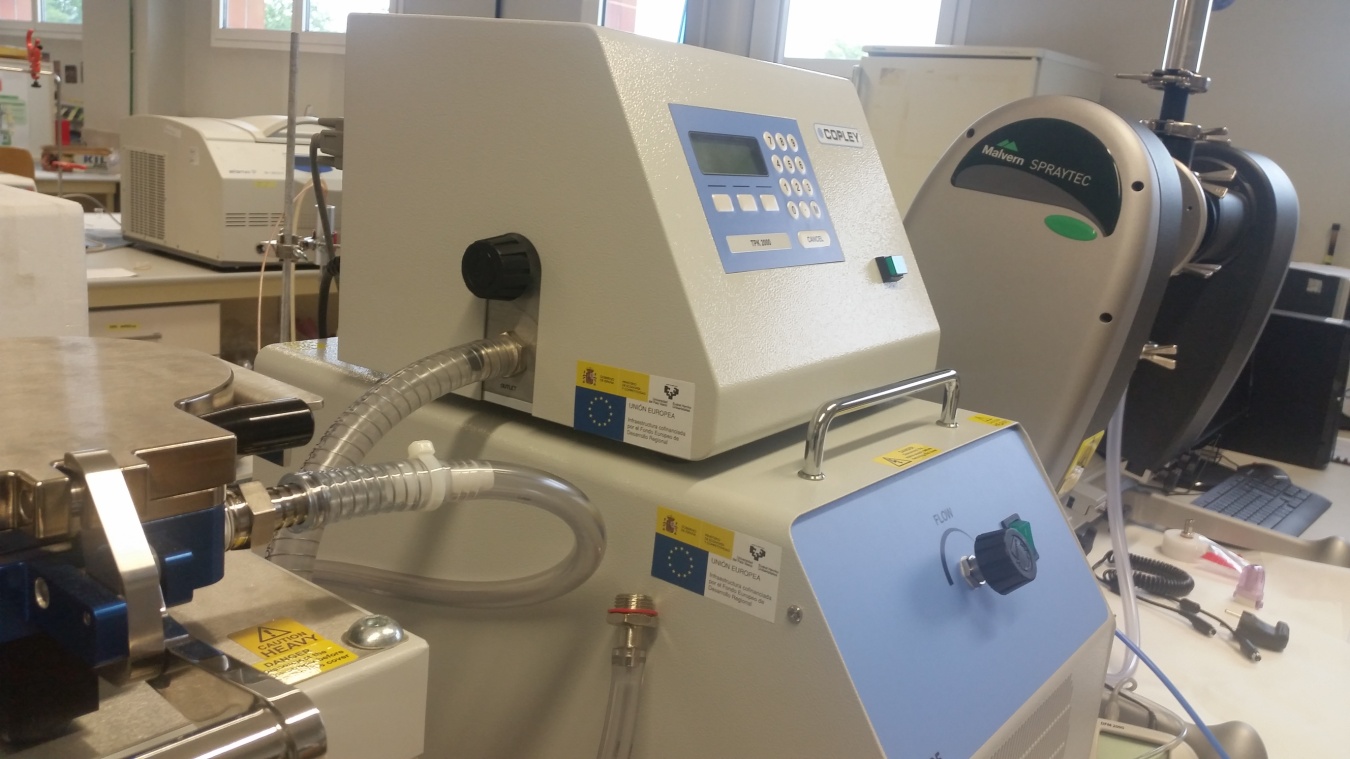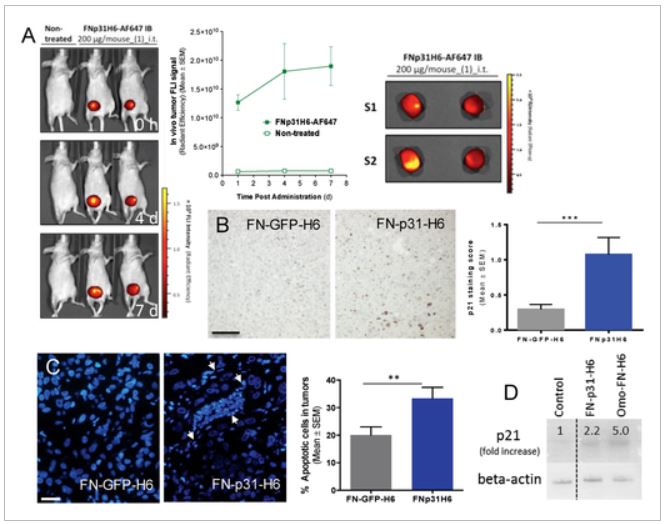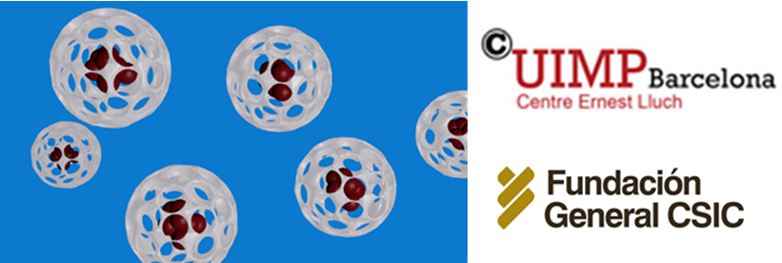NANBIOSIS AT THE CIBER-BBN ANNUAL CONFERENCE 2019
On October 21 and 22, CIBER-BBN has celebrated its 13th Annual Conference in Tarragona, with a session dedicated to NANBIOSIS on the afternoon of Monday 21. The Singular Technical Scientific Infrastructure (ICTS) for the production and characterization of biomaterials, nanomaterials and devices up to its preclinical validation for the production and characterization of biomaterials, nanomaterials and devices up to its preclinical validation is integrated by of the CIBER-BBN, the Minimally Invasive Surgery Center Jesus Usón and Bionand after its incorporation to the ICTS last year. NANBIOSIS, presented its annual activity.
The Session was chaired by its Scientific Director, Jaume Veciana who also gave an Annual Summary, after that, the new unit 29 of NANBIOSIS, the Oligonucleotide Synthesis Platform, was presented by its Scientific Director Ramon Eritja Casadellà, from CIBER-BBN and Catalan Institute of Advanced Chemistry- CSIC . Finally, the Infrastructure for OMICS technologies (OmicsTech ICTS): metabolomics for clinical and nutritional research, was presented by Xavier Domingo-Almenara, Centre for Omics Sciences, EURECAT- Rovira i Virgili University.
After the NANBIOSIS Session, was the NANBIOSIS Scientificic Advisory Board meeting.
